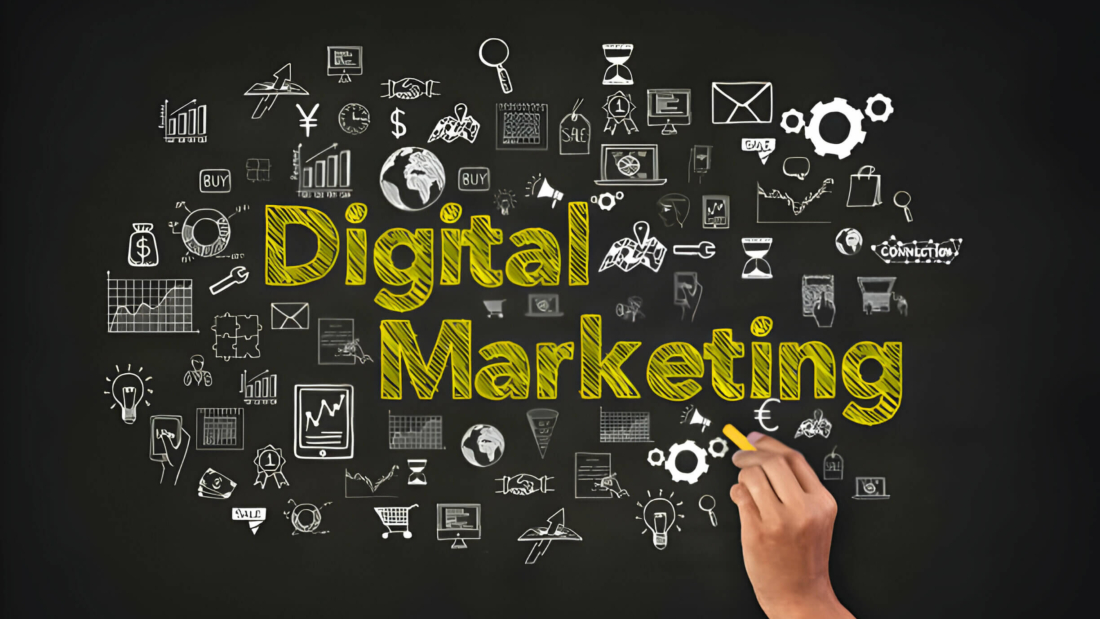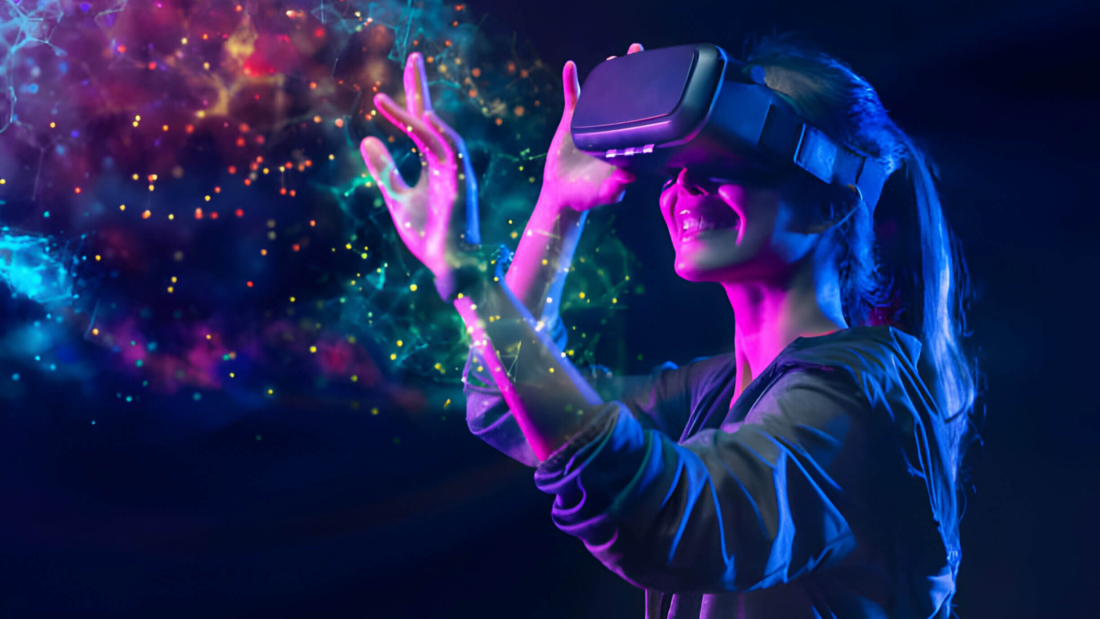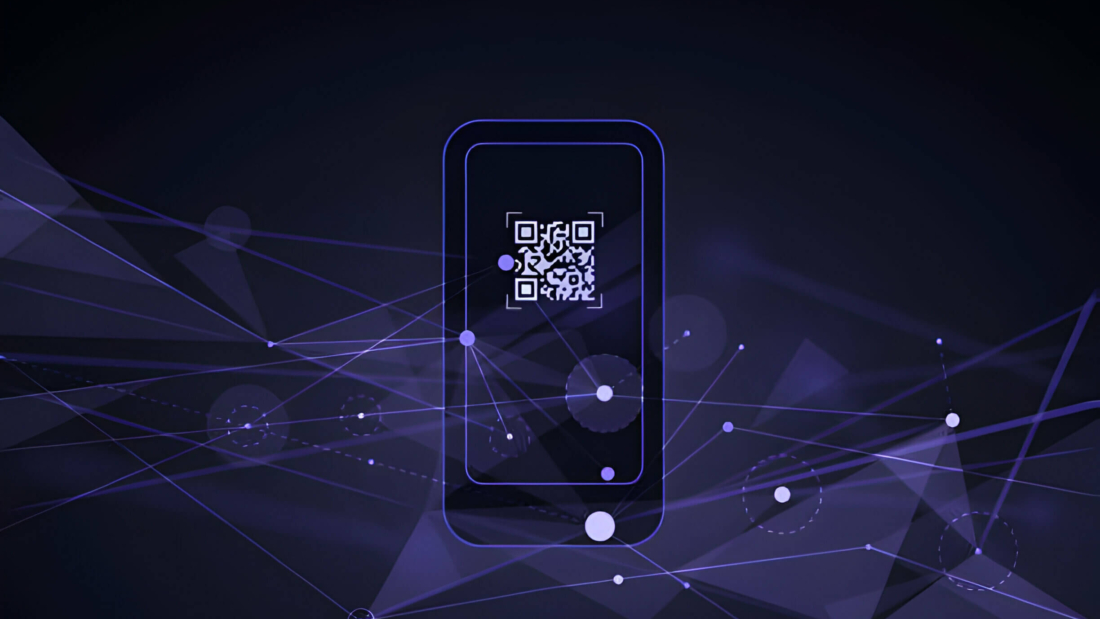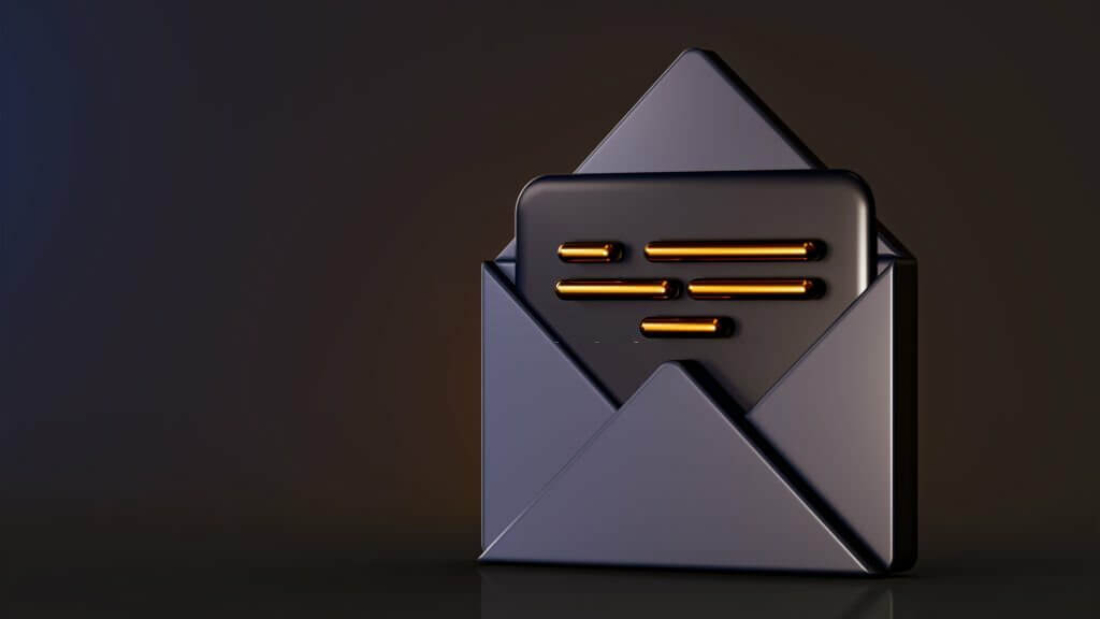In today’s digital age, music marketing has evolved into a multifaceted landscape where artists and recording professionals have unparalleled opportunities to reach their audience directly. Crafting a unique brand and effectively leveraging digital platforms are crucial for success in the competitive music industry. Here are some potent strategies to amplify your presence:
- Define Your Brand Identity: Start by defining your brand identity. What sets you apart from other artists? What story do you want to convey? Establish a cohesive brand image across all platforms, including social media, website, album art, and merchandise.
- Create Compelling Content: Engage your audience by consistently sharing quality content. This includes not only your music but also behind-the-scenes footage, personal stories, live sessions, and collaborations. Utilize various content formats like videos, blogs, and podcasts to diversify your reach.
- Optimize Social Media Presence: Identify platforms where your audience is most active and tailor your presence accordingly. Use platforms like Instagram, TikTok, YouTube, and Twitter to showcase your personality, interact with fans, and promote your music.
- Harness the Power of Influencer Marketing: Collaborate with influencers or other artists within your genre to expand your reach. Partnering with influencers can expose your music to a wider audience and add credibility to your brand.
- Utilize Email Marketing: Build and nurture a dedicated fanbase through email marketing. Offer exclusive content, early access to releases, and personalized updates to keep your audience engaged and loyal.
- Maximize Streaming Platforms: Leverage streaming platforms like Spotify, Apple Music, and SoundCloud. Optimize your profiles, create playlists, and engage with fans through these platforms to increase visibility and listenership.
- Invest in Paid Advertising: Consider investing in targeted digital ads on social media platforms or Google Ads to reach specific demographics. A well-executed ad campaign can significantly boost your visibility.
- Engage with Your Audience: Cultivate a community around your music by actively engaging with your audience. Respond to comments, host Q&A sessions, and conduct live streams to build a stronger connection with your fans.
- Collaborate and Network: Collaborate with other artists, producers, or industry professionals to expand your network. Building relationships within the industry can open doors to new opportunities and audiences.
- Monitor and Adapt: Continuously analyze your marketing efforts. Monitor metrics like engagement, reach, and conversion rates to understand what works best for your audience. Adapt your strategies accordingly to optimize results.
By implementing these strategies, musicians and recording artists can elevate their digital presence, strengthen their brand identity, and effectively connect with their audience. Remember, consistency and authenticity are key in building a lasting relationship with your fans and achieving success in the ever-evolving music industry.













